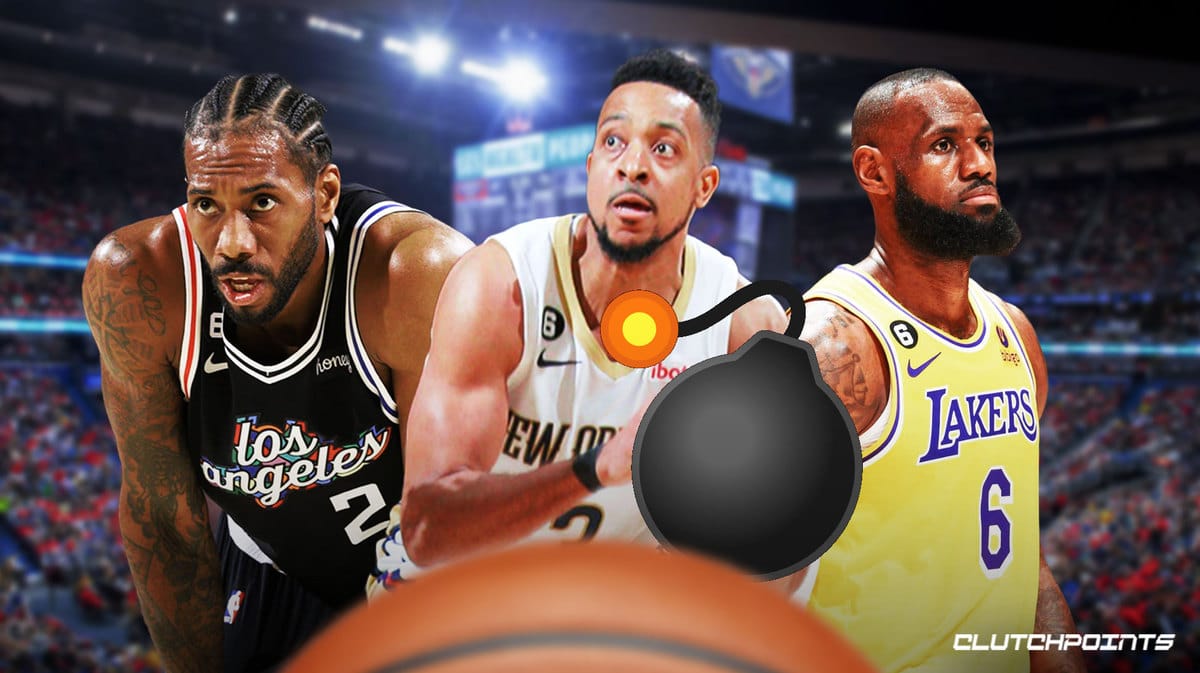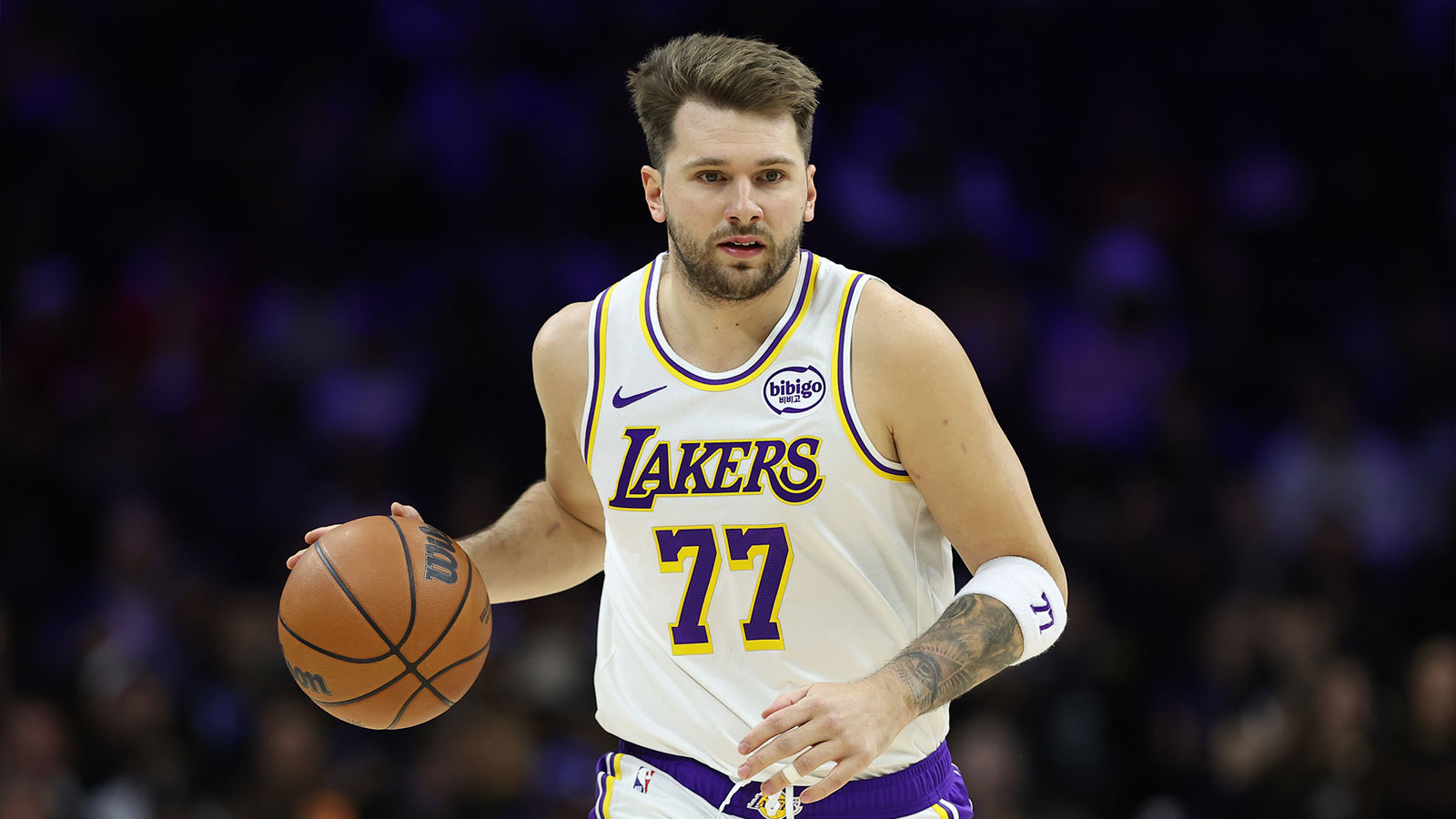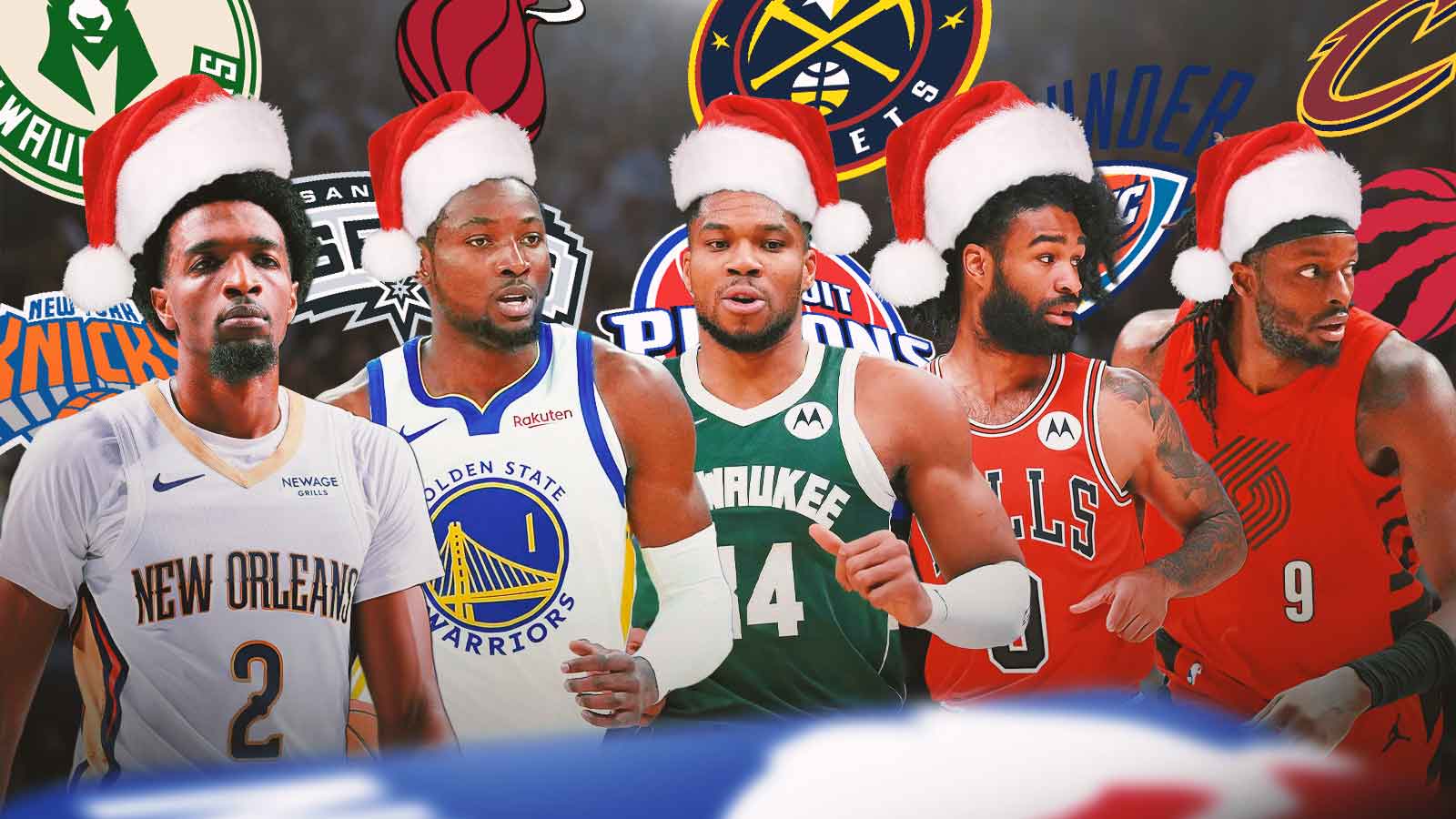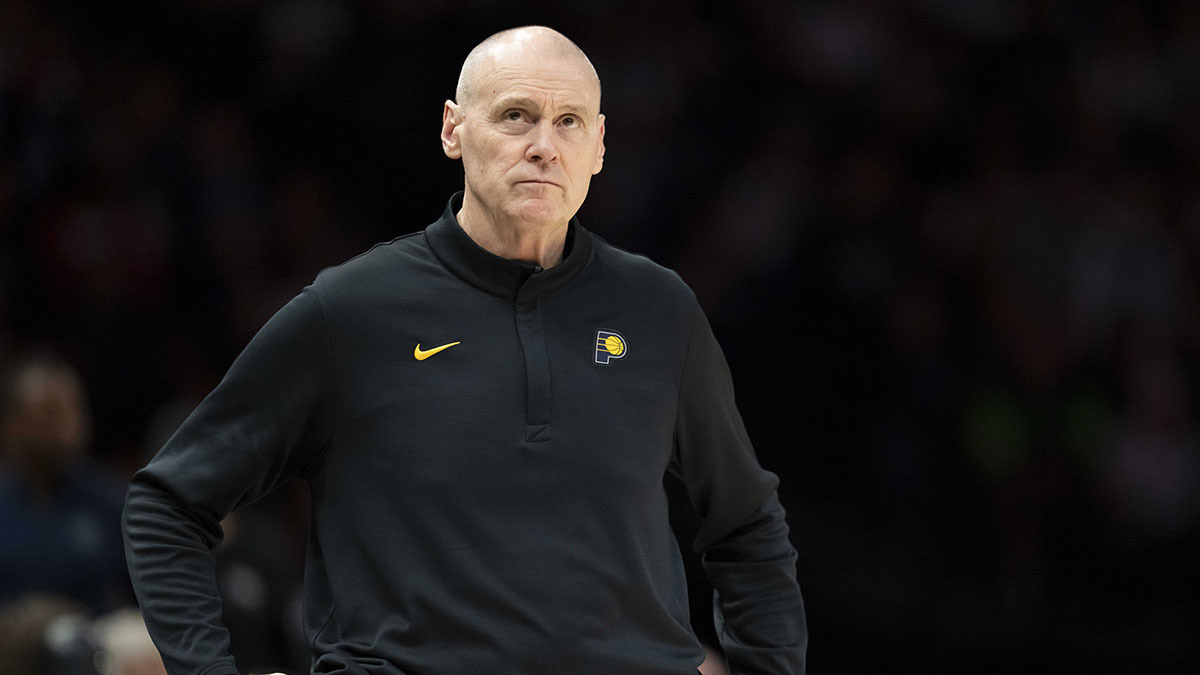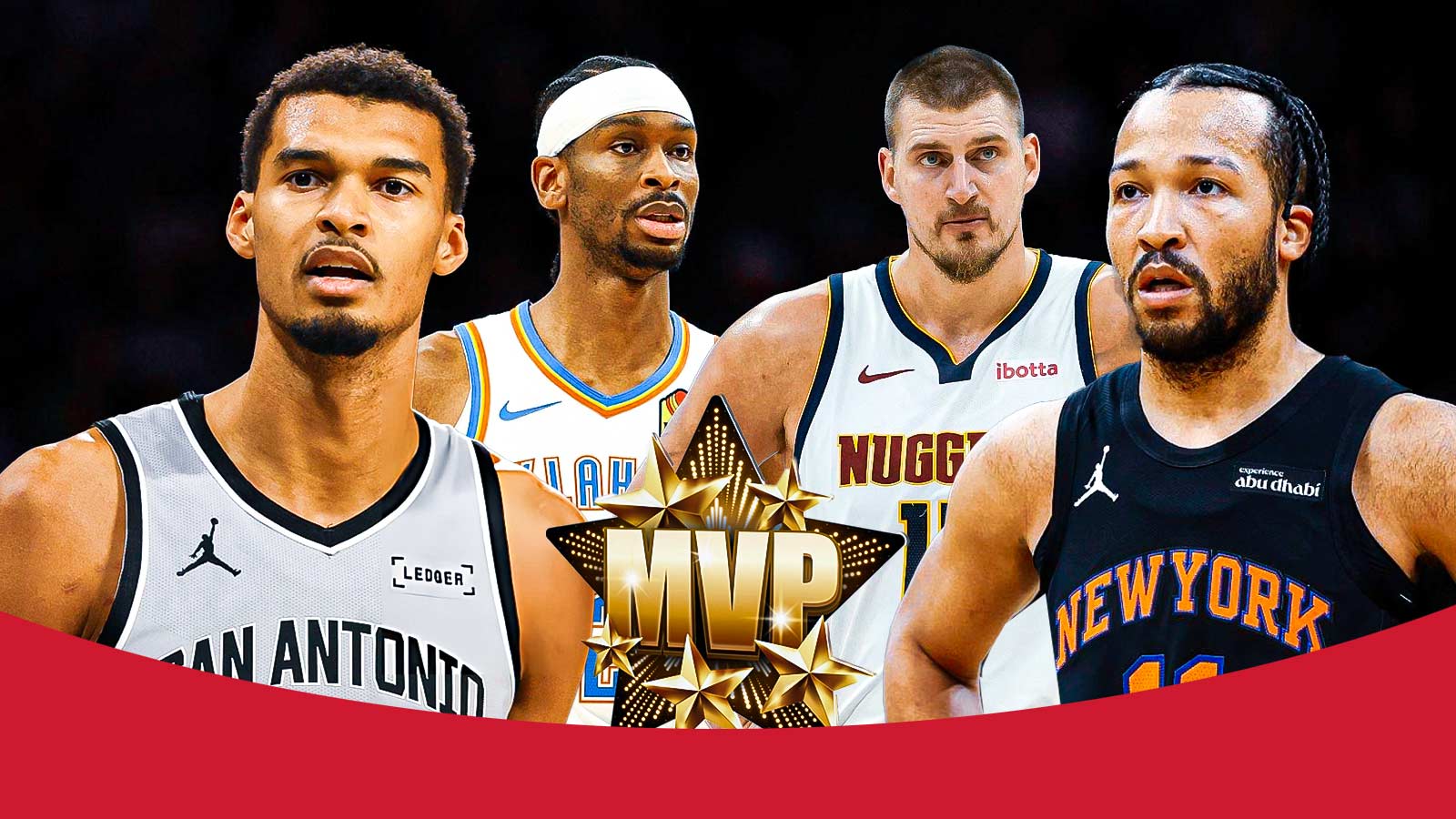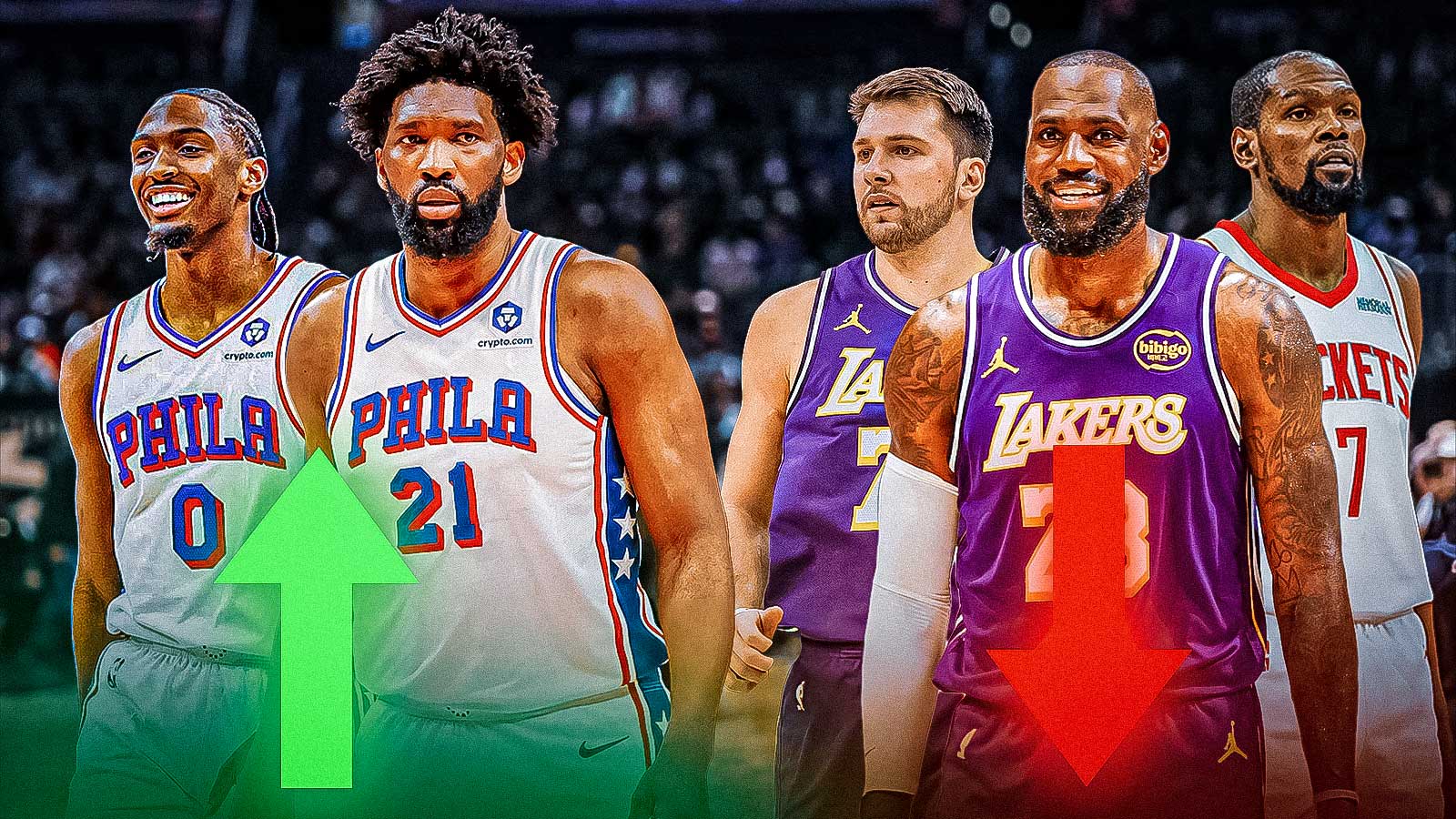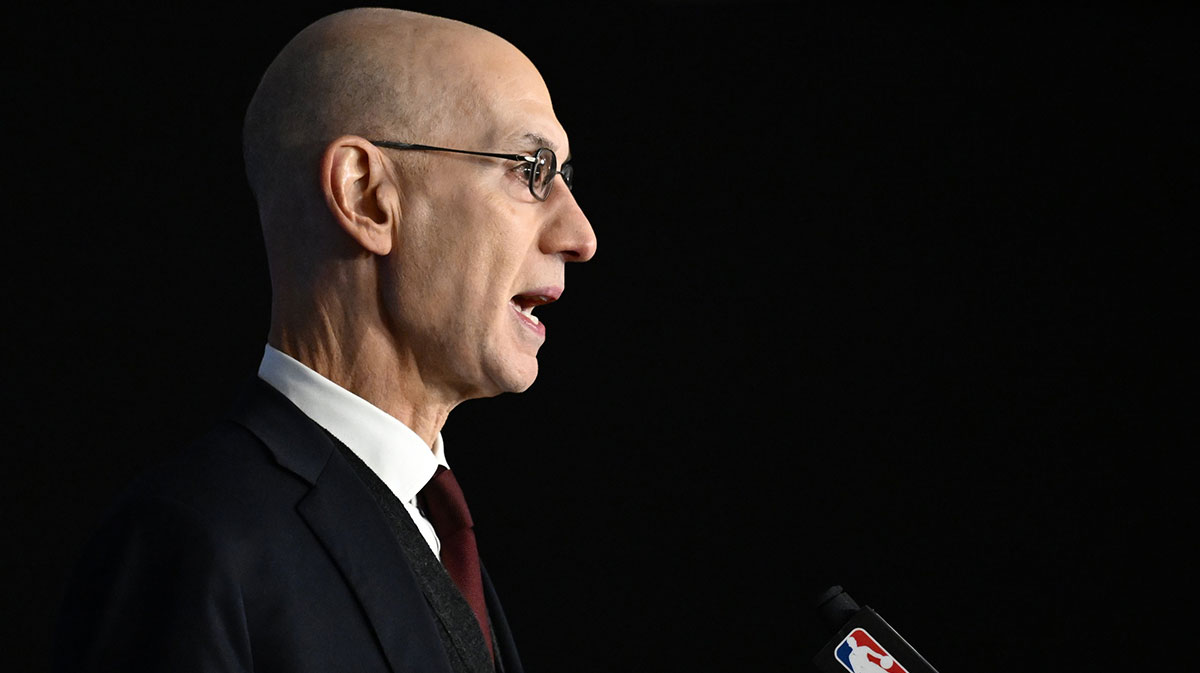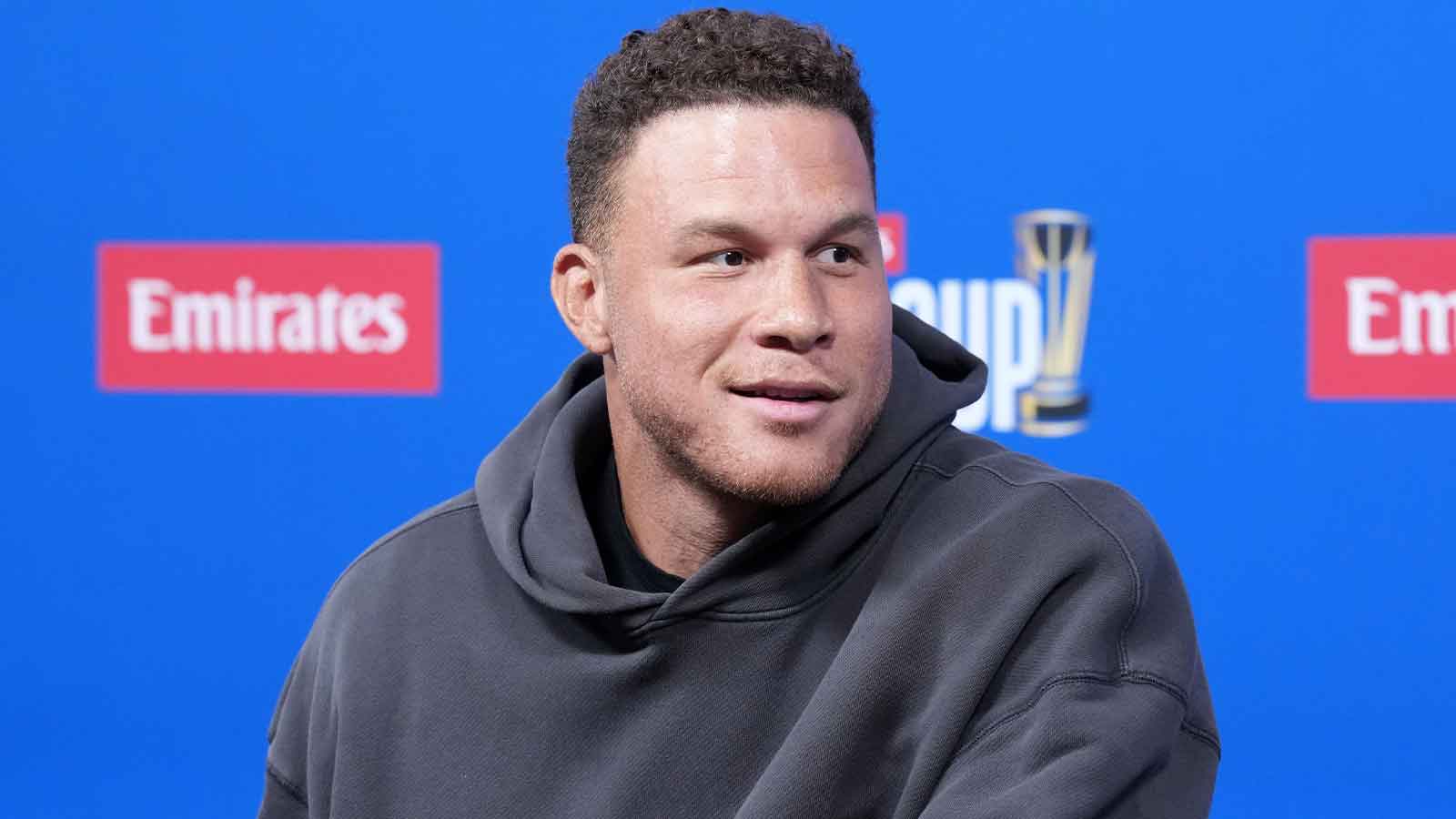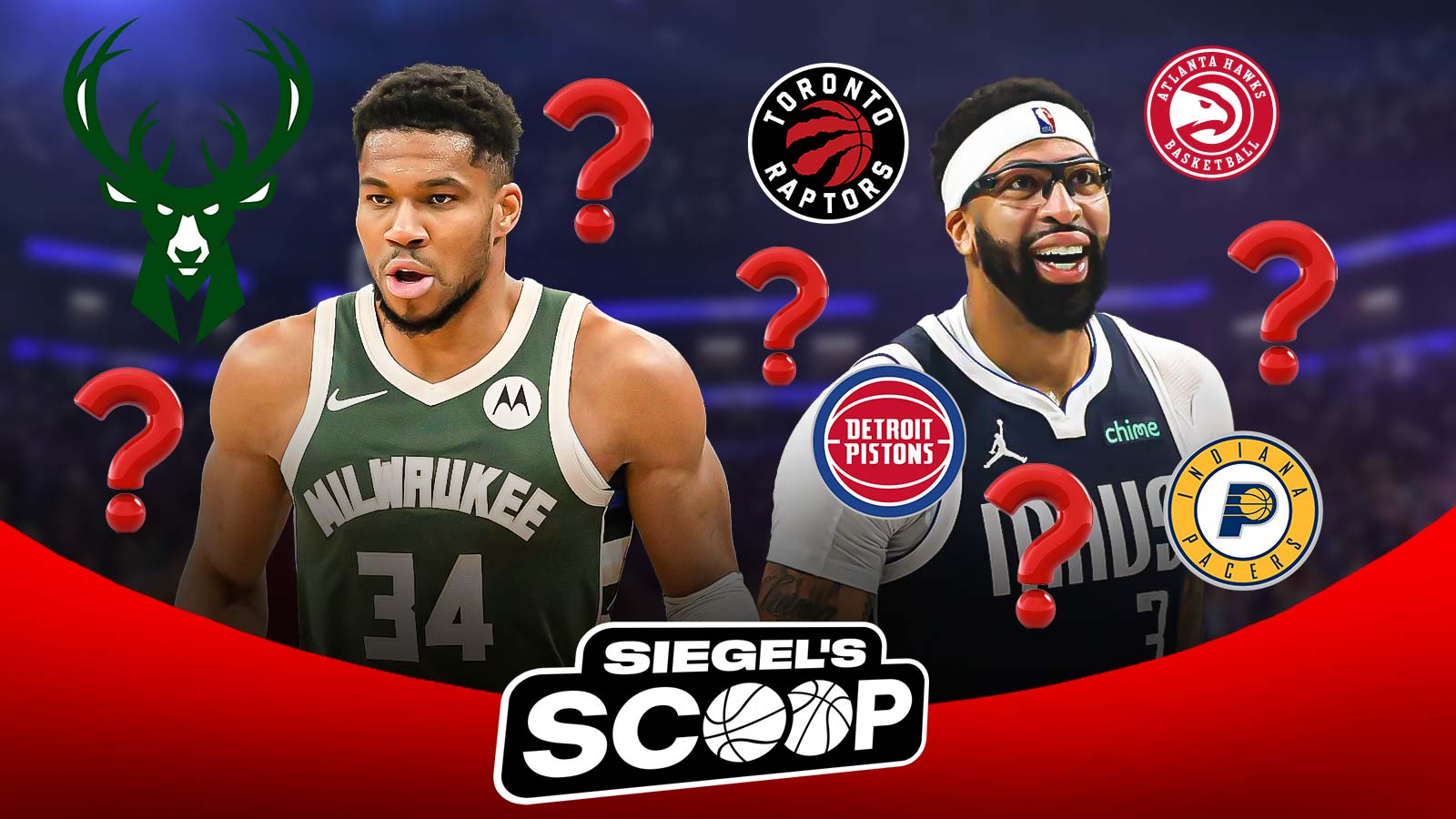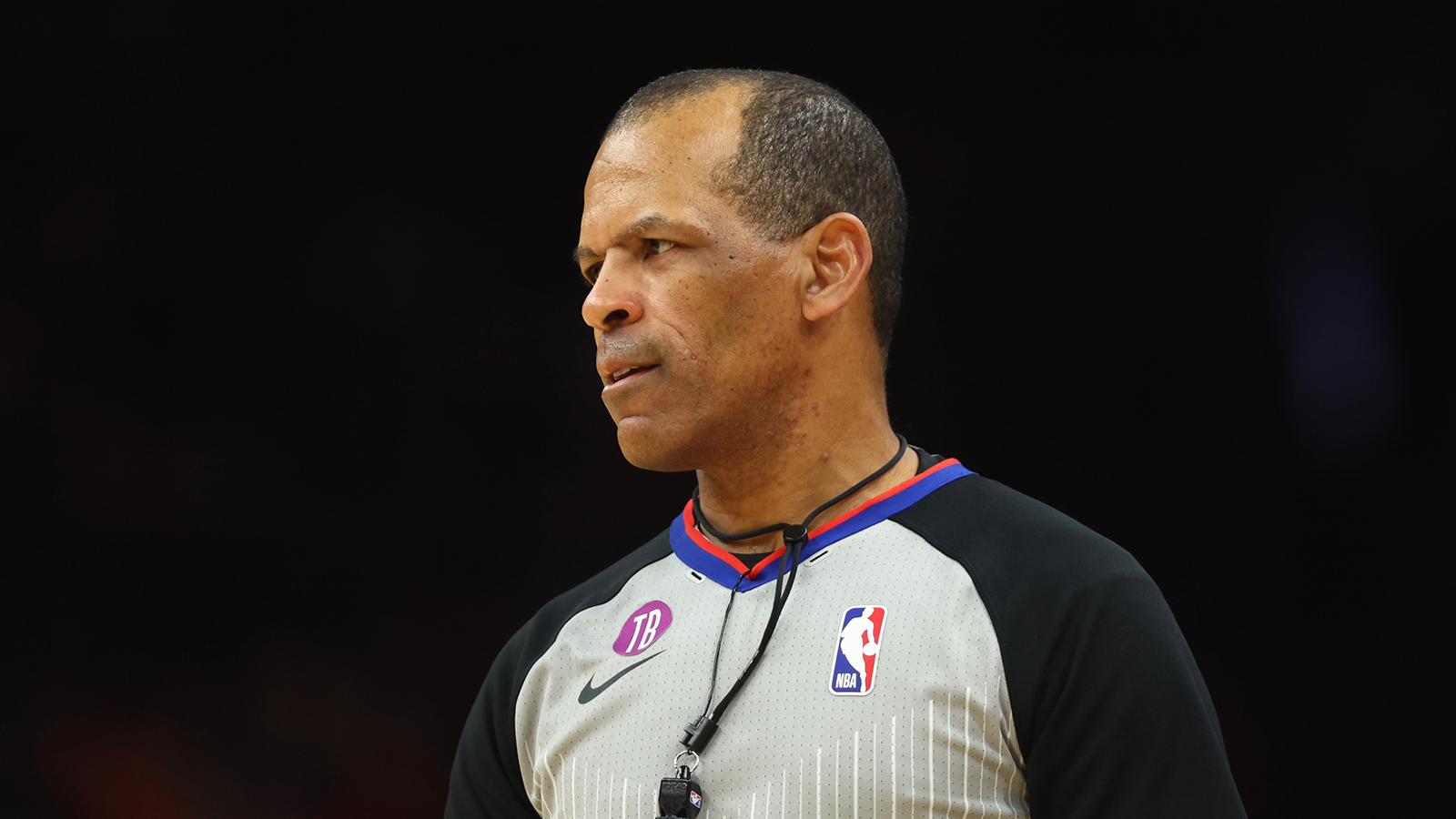There's never been more talent in the NBA than there is now. One of the biggest drawbacks to witnessing said talent has been load management. It's an issue at the forefront of NBPA president CJ McCollum's list of issues to tackle.
In a recent piece centered on load management from ESPN's Baxter Holmes, McCollum spoke out on the two-pronged topic that both preserves players' ability to stay on the court and prevents fans from seeing them play on said court.
“You understand the effects that this is having on our business,” CJ McCollum told ESPN. “Obviously, we're looking forward to figuring out ways to continue to keep our players healthy and safe. But we do know that this is an issue. We're not blind to that. It's something that is affecting our game and having a negative impact on our game.”
There's a belief that players are the main culprit behind the phenomenon. The term “load management” is believed to have originated from Kawhi Leonard and his desire not to strain his injured quad following his departure from the San Antonio Spurs back in 2019. He remained fresh enough to carry the Toronto Raptors to a title that year. The league has followed suit.
But McCollum wants to clear up the notion that the players are the primary drivers of the load management movement. It's an incomplete picture which he reiterates involves the teams making the decisions as much as the players do. He vocalized that during an appearance on JJ Redick's podcast last month and doubled down on that take.
“The way [load management] is discussed, it's that the players don't want to play,” CJ McCollum added. “What needs to be more emphasized is the fact that players do want to play.”
There's no one perfect solution to load management, which in of itself comes with its own pros as well as the cons. The latest changes in the CBA have added a wrinkle including a minimum of 65 games played to be qualified for individual season awards. It remains to be seen how that would affect things next season, if at all. But McCollum, the players' association, and the NBA are working towards bridging the gap even further between player safety and availability for the fans that support them.
“We want to be able to provide entertainment for our fans,” McColllum said. “But we also don't want to jeopardize the health of our players. So figuring out that balance, what that looks like, is important for us, and I don't think there's one answer. But I think having discussions and actively trying to drive change in our game to make it better is a sign that we're heading in the right direction.”

